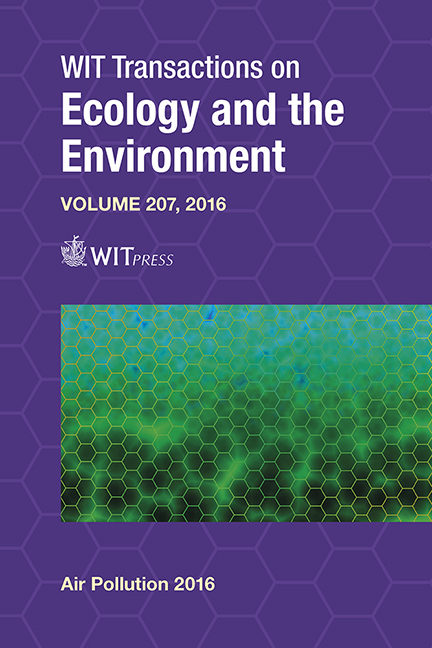Simulation With The Finite Element Method Of Air Pollution With Carbon Monoxide In The City Of Arequipa (Peru)
Price
Free (open access)
Transaction
Volume
207
Pages
11
Page Range
23 - 33
Published
2016
Size
3,211 kb
Paper DOI
10.2495/AIR160031
Copyright
WIT Press
Author(s)
A. V. Pérez, N. Pérez
Abstract
Many Latin American cities present issues with air pollution, especially with carbon monoxide (CO). In the specific case of the city of Arequipa (Peru) where the population of vehicles tend to be old and deteriorated, monitoring the values of CO in all the points of a large city is impractical. The objective of this investigation is to mathematically simulate this problem, solving the differential equations in a two-dimensional transient state of pollutant transport, considering the following terms: diffusion, convection, source and reaction. The procedure was to discretize the city in more than three thousand triangular elements, then we transformed these differential equations into integral equations. For that we use the Petrov–Galerkin method, later we transformed these integral equations into matrix equations, and then solve these equations in order to get the values of CO in all the elements on which the city was discretized. The initial data and boundary conditions that were used, are the current real values, we have also considered the wind direction and measured point sources. We developed software called “Model of Environmental Pollution (MEP)” which was used to obtain the results, which are shown in graphical form. This investigation has concluded that the pollution due to carbon monoxide is in line with the environmental quality standards of the city. This methodology of simulation can be replicated in other cities, as the MEP software has already been developed.
Keywords
finite element method, carbon monoxide, air pollution, computational simulation, Petrov–Galerkin method, two dimensional, transient state, diffusion, convection, first order reaction





